Empty space, drag to resize
A few blogs ago, we explored Radical Responsibility and Above or Below the Line from The 15 Commitments to Conscious Leadership
here.
- Radical Responsibility is about owning our circumstances fully—our choices, our reactions, and our outcomes. Instead of blaming others or waiting for conditions to change, we ask: “How am I creating this, and what can I do differently?”
- Above the line means we’re open, curious, and committed to learning.
- Below the line means we’re closed, defensive, and focused on being right.
- The practice is to locate ourselves—to pause and ask: “Am I above or below the line right now?” Naming it with honesty gives us the chance to shift.
This commitment gave us a foundation: responsibility for ourselves and awareness of our state.
Now, with Commitment 2: Learning Through Curiosity, we add the next layer—choosing curiosity as a way to learn faster, connect deeper, and lead with openness. I find this one to be so powerful in life and practice. Let's explore it more.
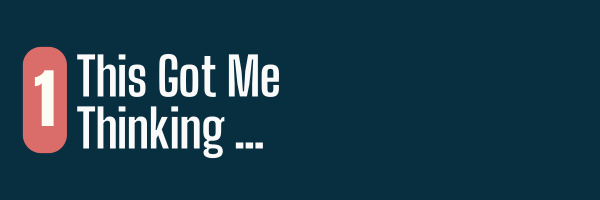
Curiosity is the antidote to defensiveness 🤔
Wanting to be right is a normal human thing—it’s wired into us for survival and self-protection.
But when we stay there, we close the door to growth. Curiosity asks us to risk the unknown, to soften our stance, and to step into learning instead of defending.
Here is Commitment 2: Learning Through Curiosity:“I commit to growing in self-awareness. I commit to regarding every interaction as an opportunity to learn. I commit to curiosity as a path to rapid learning.”
- Above the line: I stay open and curious. I ask, “What can I learn here?”
- Below the line: I commit to being right, to proving, to defending. I see this situation as happening to me rather than for me ⚖️.
Why should we care? 💡Curiosity invites us to suspend judgment, stay flexible, and treat each interaction as a growth opportunity. This doesn’t mean you abandon your beliefs or convictions—it means holding them lightly enough to remain open.
Research backs this up 📖:Harvard Business Review found that curiosity improves decision-making and trust, while reducing conflict and errors.
Read here 🔗
A study in The Leadership Quarterly showed leaders who model curiosity build psychological safety—making teams more willing to speak up.
Read here 🔗
The Curiosity@Work 2021 report noted that curiosity boosts productivity, creative thinking, and job satisfaction across organizations.
Read here 🔗
👉
Watch the short video on Commitment 2 Curiosity below 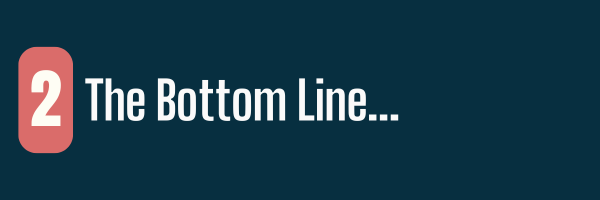
Curiosity helps us adapt quickly, listen more effectively, and build deeper trust. It can also bring a playfulness quality to any conversation and is less energy intensive, which is probably why my kids and yours, or your young fur babies, have boundless energy.
Curiosity can feel uncomfortable at first because we do not know how the situation will unfold. There is an element of uncertainty in play here. The thing is, by leaning into that discomfort, we grow our ability to adapt, to listen deeply, and to build trust.
Paradox of the day: Expand your zone of comfort by leaning into some discomfort.
In contrast, defensiveness is a survival response. We cling, we prove, and we disconnect. It is also more energy-intensive—burning us out while closing us off.
Examples of curiosity vs defensiveness:
1. Clinic Director with a clinician about scheduling:
💭 Defensiveness: “That’s just how the schedule has to be—we can’t make exceptions.”
✨Curiosity: “I’m curious—what part of the schedule feels most challenging for you?”
2. Clinician with a patient about a belief:
💭 Defensiveness: “That’s not how the body works—you’re wrong about that.”
✨Curiosity: “I’m curious—where did you learn that, and what feels most true for you right now?”
3. Admin team member feeling overwhelmed by workload:
💭Defensiveness: “Everyone’s busy—it’s just the way it is here.”
✨Curiosity: “I’m curious—what part of your day feels most overloaded, and where might we make things easier?”
In each case, defensiveness shuts down learning, while curiosity creates it.
Just imagine a world where where all our peers, colleagues, family and heck, even politicians, were committed to curiosity. My guess is things would tend to go much better.
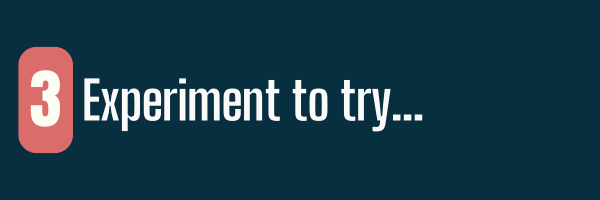
Use the Drift–Shift Model next time you feel defensive:
Present → Something happens → Drift → Drama Triangle → Shift
- Present: You’re calm and open.
- Something happens: A trigger arises.
- Drift: You slip into defensiveness, blame, or resistance.
- Drama Triangle: You get stuck in reactivity.
- Shift: You catch yourself and choose curiosity.
Steps to shift:
Awareness—notice “I’m reactive.”
Acceptance—say, “Yep, I’ve drifted.”
Willingness—ask, “Am I willing to shift?”
Shift—first, change your body (breath, posture). Then shift your mind with a wonder question, e.g.:
- “I wonder what I can learn today that will help X, Y, Z?”
- “This is hard—what can I learn from this?”
- “I wonder what I’ll discover if I stay open?”
You can download a visual guide to the Drift–Shift Model
here:
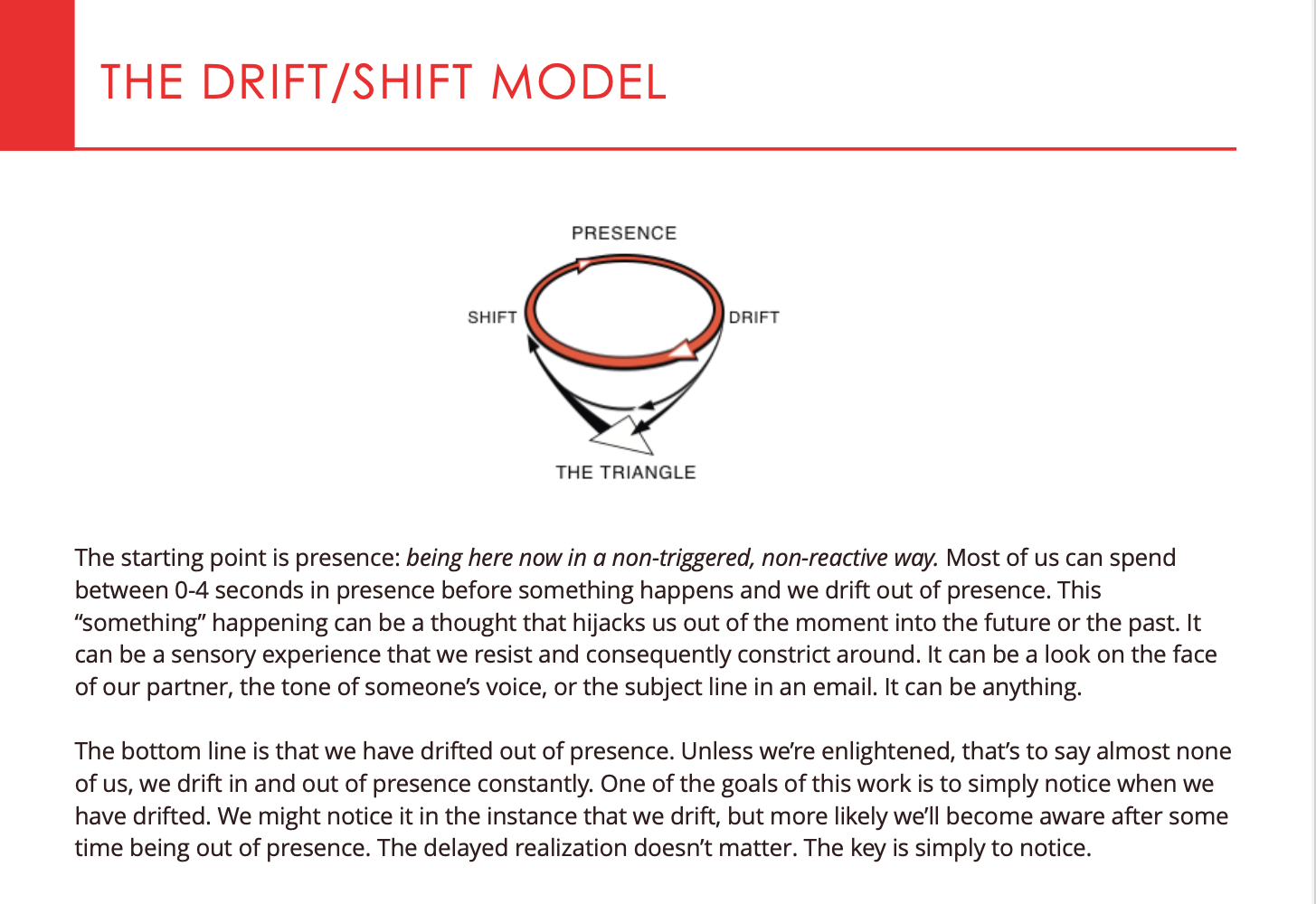
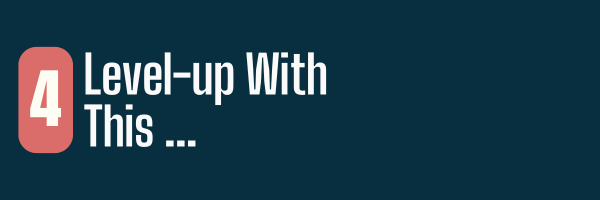
Curiosity is hardest when:With staff: receiving feedback and wanting to defend.
With patients: they resist your plan of care.
With family: conflict where you want to prove your point.
With leadership decisions: disagreeing but under time pressure.
Notice your drift in those moments: tight chest, racing mind, urge to be right. That is your cue. Pause. Breathe. Wonder.
If you want to explore further:AMP Healthcare Course:
Navigating Clinical Uncertainty 🌱
Research: Simpkin & Armstrong (2019), “Communicating Uncertainty”
Read here 📖
CLG Video: “Curiosity vs Being Right” from the Conscious Leadership Group
Watch here 🎥
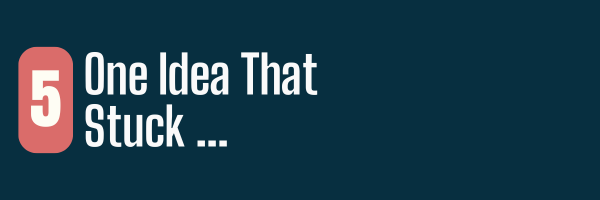
“Curiosity is the opposite of being defensive. It’s the gateway to learning.”
🧠 Socrates put it this way: “The only true wisdom is in knowing you know nothing.” When we embrace not-knowing, we free ourselves from the need to defend and open ourselves to growth.
💡 Jim Dethmer of the Conscious Leadership Group reminds us that:“Conscious leaders don’t ignore their need to feel right. They pause and ask, ‘Where are you? Are you above or below the line?’ That awareness creates the possibility to shift—from reactivity to presence, from ego to curiosity.”
🪷 Buddhist teachers often call this “beginner’s mind” — approaching each moment without preconceptions, as if seeing it for the first time. Zen master Shunryu Suzuki said: “In the beginner’s mind there are many possibilities, but in the expert’s mind there are few.”
Together, these voices remind us: curiosity is the doorway to wisdom, resilience, and connection. Not sure? Try this stuff on and see what happens and how it feels.
Curiosity transforms conflict. Whether you are giving feedback, supporting a patient, or navigating tension at home, curiosity creates space for discovery and connection. This week, notice your drift—and practice how quickly you can shift back into curiosity.






